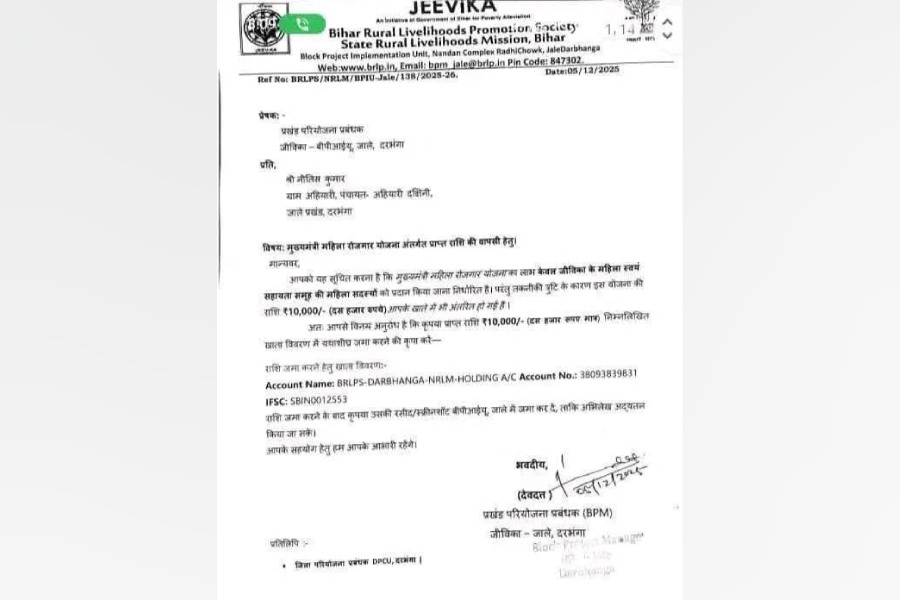 |
The Mysterious Mr Jacob: Diamond Merchant, Magician and Spy By John Zubrzycki, Random House, Rs 399
If you were to ask someone which the largest diamond in the world is, chances are he would tell you that it’s the Koh-i-Noor — a rock that weighs 106 metric carats, and is now part of the British crown jewels. (Those who know of the relatively less talked-about Regent Diamond would tell you that it is the Regent — which weighs 141 carats and is on display at the Louvre in Paris — and not the Koh-i-Noor that is the biggest diamond in the world.) Legend has it that the Koh-i-Noor, over which emperors in India battled for centuries before the British claimed it, carries a curse that brings grave hardships to any man who possesses or wears it.
But in the year 1884, both the Regent Diamond and the Koh-i-Noor were outdone by another jewel. The Imperial Diamond, weighing a whopping 184 carats, was first noticed in its rough, uncut stage by a hawk-eyed surveillance officer at the Kimberley Mines in South Africa. He sneaked his discovery out of the mine without being caught. The diamond changed hands a few times before it was smuggled into London and put forward for sale. The brilliant-cut Imperial Diamond — now called the Jacob Diamond — may not be as fabled as the Koh-i-Noor, but it carries all the signs of being a cursed jewel. It passed into the hands of the richest of India’s princely rulers; it ended up being used as a paperweight and then being forgotten inside a disintegrating old shoe. The prince’s state of Hyderabad would not last much longer; it was humiliatingly forced to merge with the republic of India, and its wealth was scattered.
But even after its downfall into oblivion, the Imperial Diamond’s curse continued to work; it wrought devastation in the life of the man who sold it. Alexander Jacob — a man whose status in the heyday of the British raj had been extraordinary and whose immense wealth was well known — and the forgotten tale of the diamond named after him are at the centre of John Zubrzycki’s new book. The Mysterious Mr Jacob: Diamond Merchant, Magician and Spy is an absorbing read; it is every bit as interesting as its subject.
One way to write about pre-Independence India is to stick to an impressive, sweeping narrative peopled by lofty figures and events — Mountbatten, Nehru, Gandhi and the Partition; Curzon and Younghusband; the 1857 revolt and the struggle for independence and so on. Another way is to explore a relatively less famous story and allow it to create its own narrative — a method used regularly by William Dalrymple, as in White Mughals. In the process of doing so, obscure but equally appealing stories of life in pre-1947 India can be highlighted and brought to the fore. In The Last Nizam, Zubrzycki’s first book, readers learn of Mukarram Jah, the royal heir in India’s biggest princely state, Hyderabad, who “left behind the diamonds of Golconda and the palaces of Hyderabad” to live like a recluse and “drive bulldozers in the Australian bush”. In The Mysterious Mr Jacob, the author goes back to Hyderabad once again, this time to tell a tale of great riches and the eccentric squandering of that wealth. Zubrzycki, in writing this book — a sparkling curiosity shop in itself — delves into the Machiavellian manipulation of India’s princely states by the British and their lively press and incompetent intelligence networks. Jacob, who arrived in Bombay without a penny in his pocket in 1865, rose to riches speedily; by 1880, he ran the most flourishing curio shop in Shimla. It had supplies of everything from precious jewels to antiques from Tibet; Jacob was patronized by the top brass of the British administration as well as their many hangers-on. But he was not just a dealer in jewels and antiques, and his initial years are blurred by inscrutability. He was a clever man; he worked for many princely rulers, and created an intelligence network that spanned the subcontinent and helped his business ventures. He was privy to the weaknesses of viceroys, who turned to him for help in order to understand the closely-guarded workings of the princely states when British intelligence failed. During the Great Game, he was apparently asked to act as an ambassador to the Amir of Afghanistan, an offer he judiciously refused.
The elite frequented Jacob’s shop during the summer; invitations to his stately home, called the Belvedere, were coveted. In spite of all this, Jacob kept intact the aura of mystery that surrounded him. No one really knew what his primary business was or where he really hailed from. He remained unmarried, and was known for being a master magician. It is no wonder, then, that Kipling’s spy trainer in Kim, Lurgan Sahib, was modelled on Jacob. He also served as the inspiration for other fictional characters. One of these was the character in Mr Isaacs: A Tale of Modern India, Francis Marion Crawford’s adventure novel that is full of magic, tigers and the mandatory English maiden. Mr Isaacs has faded from public memory, but it was an immediate bestseller during its time, and created the template for a popular perception of India that would endure through the years to films like Indiana Jones and the Temple of Doom. The book also catapulted Jacob into fame.
Zubrzycki, a former foreign correspondent in Delhi, tells all of this with the meticulousness and the eye for detail that shaped The Last Nizam. He combed archives in Delhi, Shimla, London and Calcutta while researching the book; he infuses an incredible story with precision and humour. Jacob, as is evident, is an infuriatingly elusive figure to write about; Zubrzycki says even his grave does not exist anymore, let alone any picture of him (a man who apparently had in his possession proof of what Jacob looked like was sailing back to Australia, but fell off the ship and drowned before he could reach his destination). It is no wonder that other people attempting to portray Jacob have chosen to resort to fiction.
Jacob’s endeavour to sell the Imperial Diamond to the young Nizam of Hyderabad, Mahboob Ali Khan, is central to the book. The Nizam owned the greatest assortment of jewels in the country, but was always ready to spend “sums amounting to the revenue of entire districts... in order that a few handfuls of bright pebbles may find their way into the palace”. The plot thickens when Jacob attempts to trick the opium-addicted ruler into purchasing the diamond for an amount that far exceeds its real value. The British get wind of what is happening, and try to spoil the deal; their bungling efforts, along with jealousies within the palace and the whims of a drug-addled monarch set the stage for a court case at the Calcutta High Court that held the country in thrall in 1891. But in spite of the clear reportage and the decisive outcome of the case, one is left asking why the clever, masterful Jacob risked everything he had on one deal, even if its success would have given him rewards beyond anything he could imagine.
That is the author’s main skill in the writing of this book — in spite of the comprehensive research, he retains the feeling of a mystery that remains unravelled. At the end, Zubrzycki says that he may have recorded Jacob’s life, but there are still a number of missing pieces in the puzzle — the exact spot where Jacob’s shop stood, archive files that are strangely missing, as well as the curious death in a freak accident of the Australia-bound man who had Jacob’s only known portrait. Zubrzycki’s love for the subcontinent is evident — he often discards his journalistic detachment and describes with palpable excitement his search for the Shimla shop, his discovery of the ruins of Jacob’s house, as well as the Dickensian manner of functioning at Calcutta’s National Library. It is these bursts of enthusiasm in the midst of an immaculate chronicle that make The Mysterious Mr Jacob what it is — an engaging, informative read that holds your attention right till the end.










